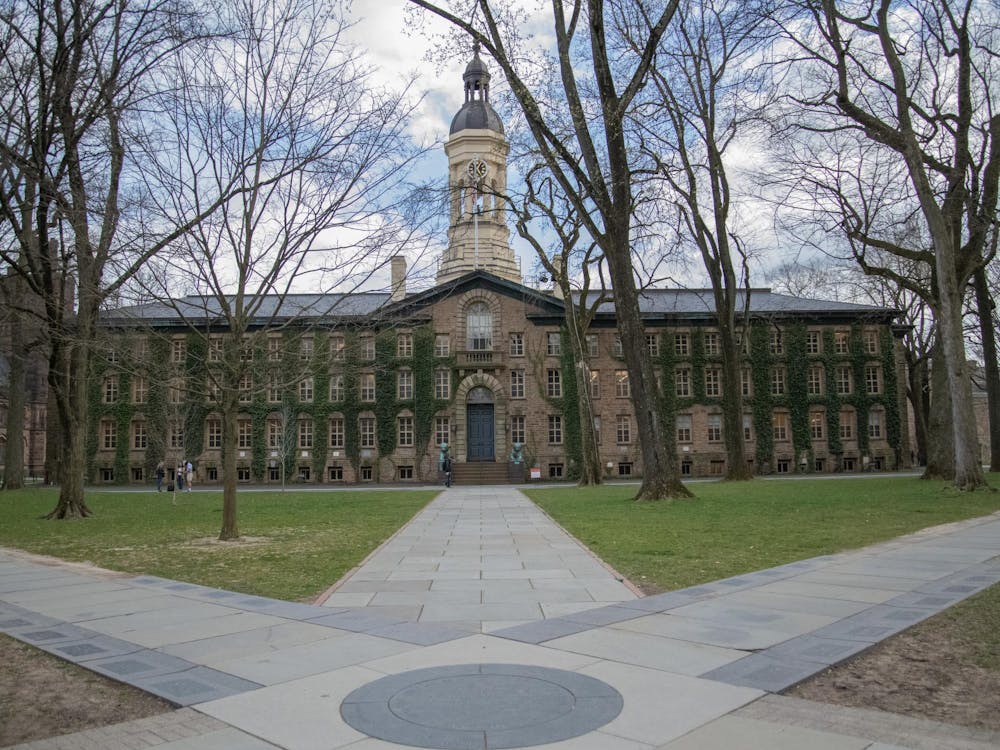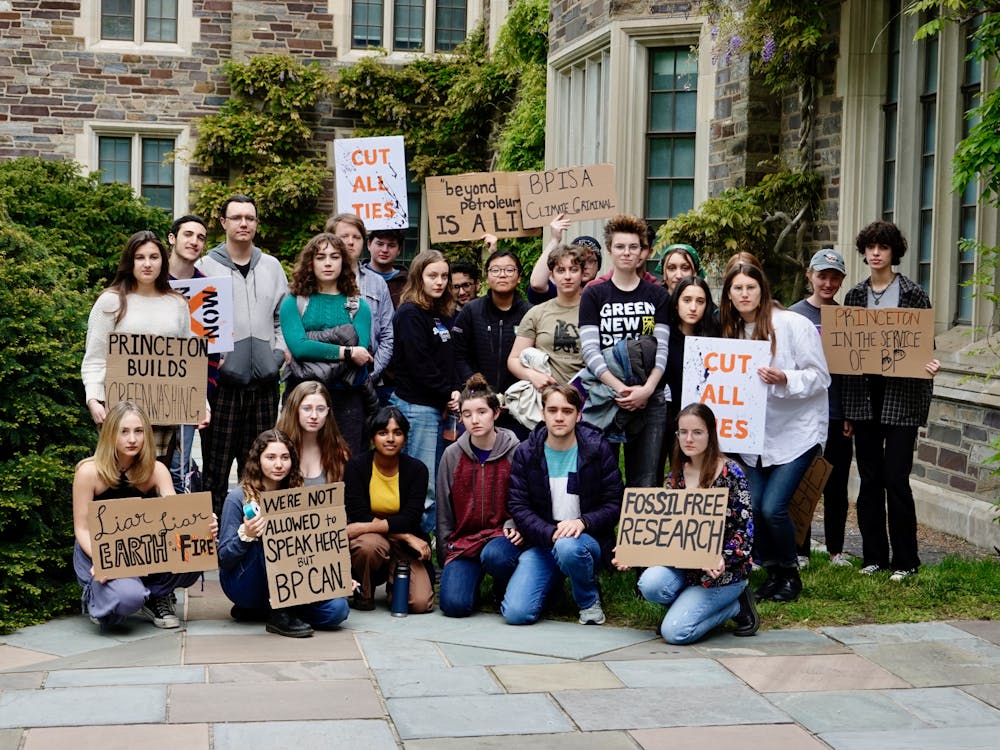No liberal arts education is complete without a solid grounding in the Western intellectual tradition. In the past, students were assured a rigorous foundation in the humanities via a core curriculum; today, with the core curriculum replaced by malleable distribution requirements, students who yearn to drink deeply from the Pierian Spring must cobble together their own curriculum. Fortunately for such Princetonians, each year the University offers HUM 216-217 and HUM 218-219: Interdisciplinary Approaches to Western Culture from Antiquity to the Middle Ages, commonly known as the Humanities Sequence. Unfortunately, this renowned course comes with an application and an enrollment cap. We humbly propose the application and enrollment procedure be reformed in hopes of expanding the program.
The Humanities Sequence is a whirlwind year-long course of study, which plunges participating students into the depths of Western literature, art, history and philosophy. Taught by world-class professors like music professor Scott Burnham and philosophy professor Benjamin Morison, the Humanities Sequence introduces students to the greatest minds of Western Civilization, from Homer to Virgil, Augustine to Aquinas, Boethius to Dante, and everything in between. Without a doubt, the Humanities Sequence is an invaluable part of a Princeton education in the humanities. Currently, the Humanities Sequence is an opportunity available only to those who apply and gain admission to the program, even though a majority of applicants are accepted.
By contrast, our Ivy League neighbor to the north, Columbia, requires that every undergraduate student study the classical texts that undergird our Western civilization through its mandatory core curriculum. Yale offers its incoming Elis the opportunity to partake in its Directed Studies program, a humanistic juggernaut akin to the University’s own Humanities Sequence. Yale’s program, however, accepts 125 students per year. That’s over two and a half times the size of our program, even though the University and Yale have comparable undergraduate populations.
Given the importance of the Western tradition to the liberal arts education, the Humanities Sequence ought to expand. In years past, there have been as many as 70 applicants for the coveted 40-something spots in the course, according to thePrinceton Alumni Weekly. Ideally, the Humanities Sequence would have unlimited enrollment, but this is not possible. The problem is that, unlike ordinary courses, the program cannot easily add precepts to adjust to fluctuating student demand, since its precepts are traditionally faculty-led. We believe that it is best to overestimate demand in planning precepts for the course; nevertheless, we recognize that an enrollment cap will ultimately remain necessary. The current application process could be modified, however, so as to promote student demand to take the Humanities Sequence.
As things stand, there are two application deadlines for admittance into the Humanities Sequence. The first deadline is in April, well before incoming freshmen matriculate, and the second deadline arrives conveniently in the midst of the circus known as freshman week. During that disorienting orientation week, it is all too easy to miss the deadline or waffle over whether to commit two course slots in one’s schedule to the Humanities Sequence. We suggest that the first application be retained and the second abandoned, to be replaced by open enrollment. The first application, then, would effectively serve to reserve a spot in the course for incoming freshmen who apply, thus encouraging them to matriculate. With open enrollment, freshmen and sophomores would freely enroll to the limit and then shop/drop as usual.
What about the students who shop only to discover that they can’t keep pace with the rigors of the Humanities Sequence? The difficulty here, particularly for freshmen in the first weeks of class, is that dropping a double-credit class leaves a doubly large void to fill. This could prove tough, especially if they were unable to shop other courses due to the Humanities Sequence’s demanding lecture-precept schedule from day one. This worry is not as acute as it may seem; such students could easily switch into HUM 205: The Classical Roots of Western Literature, commonly known as “Baby HUM,” for what should prove a more manageable workload, and then only need to select one additional class. Prospective Humanities Sequence students may also attempt the summer reading and discover that the clip of the course may be too challenging for them, and choose not to shop at all.
Beyond reshaping the application and enrollment process, more could be done to stimulate student interest and demand for increased capacity of the Humanities Sequence. For instance, every year, upon notification of acceptance to the University, future Tigers receive a leaflet encouraging application to the Humanities Sequence; this leaflet could also provide prospective Princetonians with a complete syllabus, include a caveat as to the difficulty level of the course, but also encourage them to start the summer reading such that they could consider shopping the course at the start of the year. Offering this additional information may help to stoke interest and, hopefully, increase demand for the Humanities Sequence to expand in size in coming years.
The University is an excellent institution to study the liberal arts, but it could still improve by allowing freshmen and sophomores to enroll in the University’s premier program of courses in the Western intellectual tradition. Humanities Sequence professor Denis Feeney expressed a hope that the program might expand to include more interested students. We share his hope.









